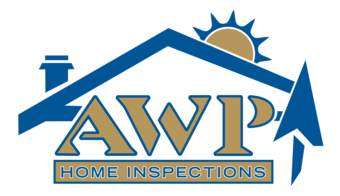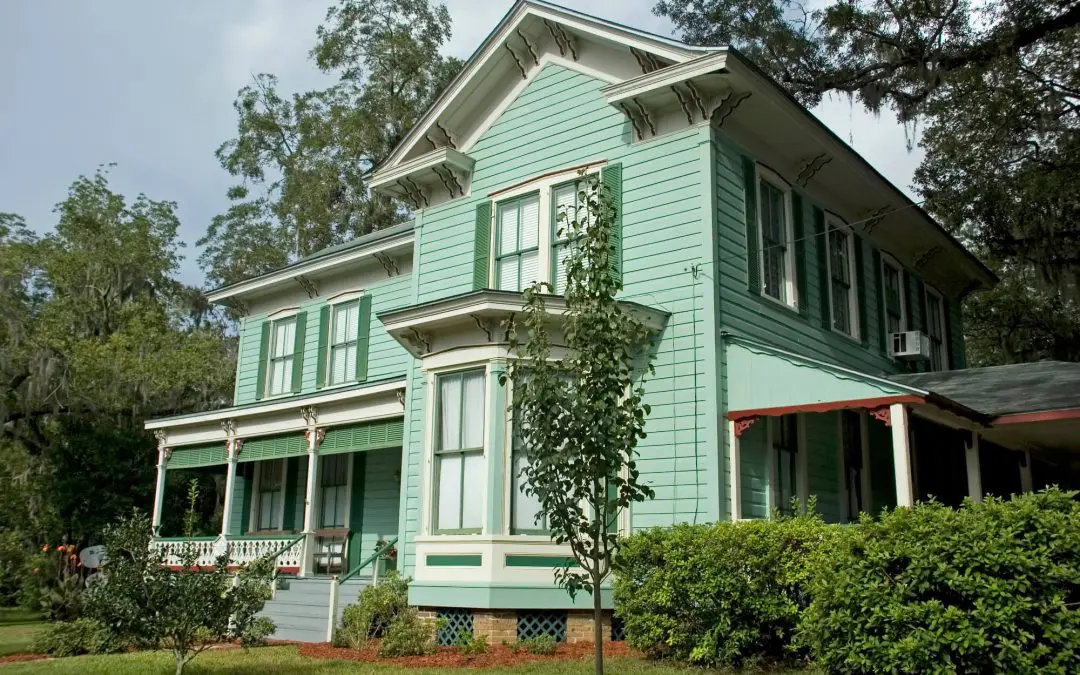Older homes carry a charm and character that newer constructions often lack, but with their age comes a unique set of challenges. From structural integrity to modernizing systems, there are several concerns in older homes that homeowners and potential buyers should be aware of. Here’s an overview of the most common issues found in older homes and how they can be addressed.
Structural and Foundation Concerns in Older Homes
One of the most significant concerns in older homes is the potential for structural problems. Over time, the materials that support the home can shift, settle, or deteriorate. Cracks in the foundation, uneven floors, or sagging ceilings are all signs that the home may have serious underlying issues.
Foundation problems can result from a variety of factors, including soil movement, water damage, or natural aging of materials. If not addressed, these problems can worsen and lead to costly repairs. Homeowners should regularly inspect their foundation and look for signs of movement or cracking. If there are concerns, hiring a structural engineer to assess the damage and recommend repairs is crucial.
Electrical Wiring Can Present Concerns in Older Homes
Another common concern in older homes is outdated electrical wiring. Many older homes were built before modern electrical standards were established, which can lead to safety hazards. Knob-and-tube wiring, for example, was common in homes built before the 1950s, and it is now considered outdated and potentially dangerous due to its inability to handle modern electrical loads.
Homes with outdated wiring may be prone to electrical fires or overloaded circuits, especially if homeowners have installed new appliances or lighting without upgrading the electrical system. It’s important to have an electrician inspect the home’s wiring and make necessary updates to ensure safety and compliance with current codes.
Plumbing Problems
The plumbing systems in older homes are often another area of concern. Older pipes, especially those made of galvanized steel or cast iron, can corrode over time, leading to reduced water pressure, leaks, and even water contamination. Lead pipes, which were once commonly used for water supply lines, pose a significant health risk, especially to children.
Signs of plumbing issues include frequent leaks, rust-colored water, or a significant drop in water pressure. To avoid future problems, homeowners should have their plumbing system inspected and consider replacing old pipes with modern materials like copper or PEX tubing.
Roof and Attic Concerns in Older Homes
Roofs on older homes can often be near the end of their lifespan, especially if they haven’t been replaced in the last few decades. Depending on the material, roofs may need replacement every 20 to 50 years. Common signs of roof problems include missing or curling shingles, leaks, and visible water damage in the attic or on ceilings.
In addition to the roof, the attic insulation in older homes may also need attention. Poor or outdated insulation can lead to higher energy bills and make it harder to regulate indoor temperatures. Homeowners should have the attic inspected for adequate insulation and ventilation, as proper airflow is necessary to prevent moisture buildup and mold growth.
Mold and Moisture
Moisture is a frequent issue in older homes, particularly in basements, crawl spaces, and bathrooms. Over time, water can seep into walls, ceilings, and floors, creating a perfect environment for mold growth. Mold damages the structural components of the home and poses significant health risks, especially for individuals with respiratory conditions.
To combat moisture problems, homeowners should ensure proper drainage around the home’s foundation and consider installing sump pumps or dehumidifiers in particularly damp areas. Regularly checking for signs of water damage, such as peeling paint or musty odors, can help catch issues before they worsen.
Asbestos and Lead Paint
One of the biggest health concerns in older homes is the presence of hazardous materials like asbestos and lead paint. Asbestos, commonly used in insulation, floor tiles, and roofing materials until the late 20th century, becomes dangerous when its fibers are disturbed and inhaled. Lead paint, commonly used before the 1970s, can lead to lead poisoning, particularly in children, if it chips or becomes airborne as dust.
Both asbestos and lead paint require professional removal. Homeowners should avoid disturbing any materials they suspect may contain these substances and consult with certified specialists for testing and remediation.
Outdated Windows and Doors
Older homes often have single-pane windows that are less energy-efficient than modern double or triple-pane options. Drafty windows and doors can lead to higher heating and cooling costs, as they allow conditioned air to escape and outdoor air to enter the home.
Replacing windows and doors with energy-efficient models can improve a home’s comfort, lower utility bills, and even increase its resale value. Ensuring that windows and doors are properly sealed will help reduce drafts and prevent moisture issues.
Heating and Cooling Systems
The heating and cooling systems in older homes are often less efficient than modern systems, which can lead to higher energy bills and inconsistent indoor temperatures. Many older homes still rely on outdated boilers, furnaces, or window air conditioning units that may not effectively heat or cool the entire home.
Upgrading to a modern HVAC system or installing a more energy-efficient heating and cooling solution, like a heat pump, can provide better comfort and reduce energy costs. Homeowners should have their systems inspected annually to ensure they are functioning properly and to address any maintenance needs.
Owning an older home comes with its own set of challenges, but with the right care and maintenance, these properties can provide years of enjoyment and comfort. Regular inspections and proactive upgrades to electrical, plumbing, roofing, and insulation systems can help ensure an older home remains safe and functional. By staying ahead of these common concerns, homeowners can preserve the charm of their older home while maintaining a modern, efficient, and safe living environment.
AWP Home Inspections offers professional home inspection services in West Central and Central Indiana. Our team is dedicated to providing information so you can feel confident about your property’s condition. Contact us to request an appointment.

